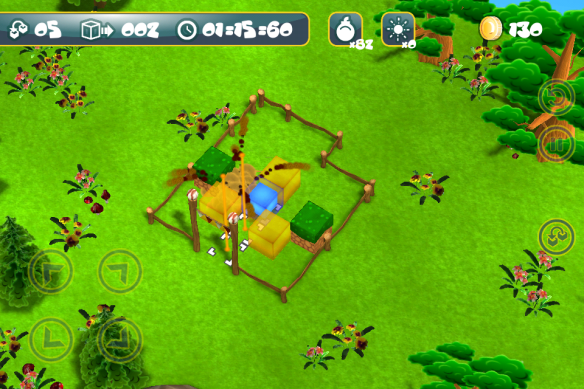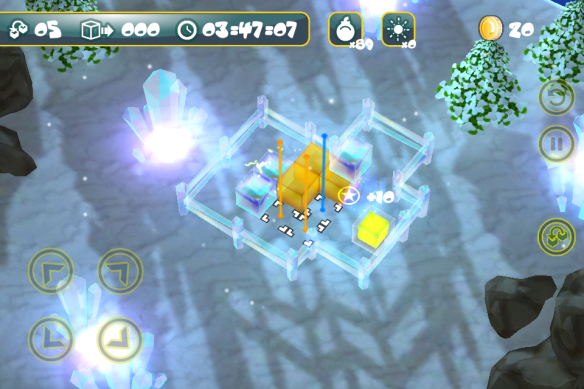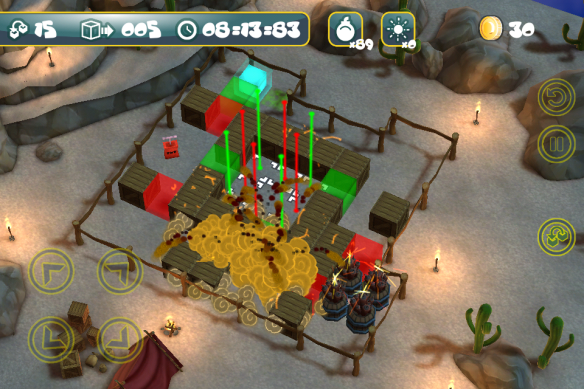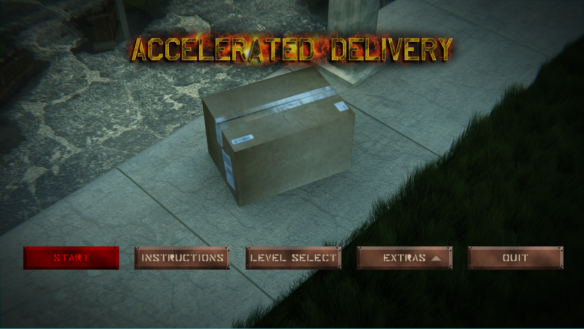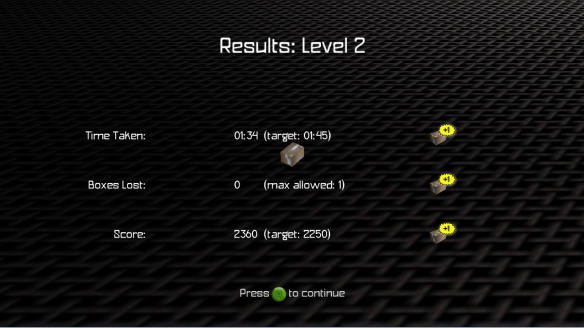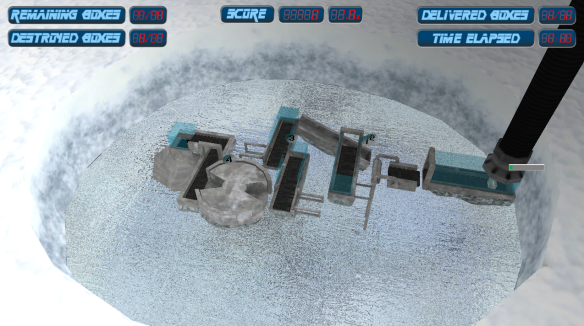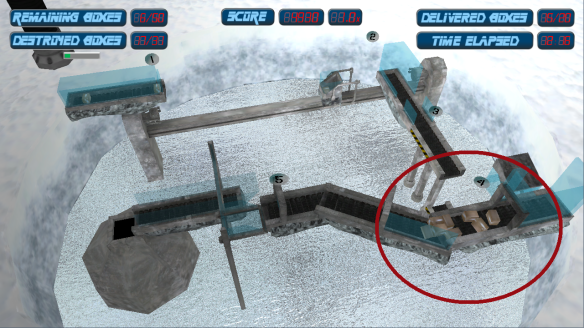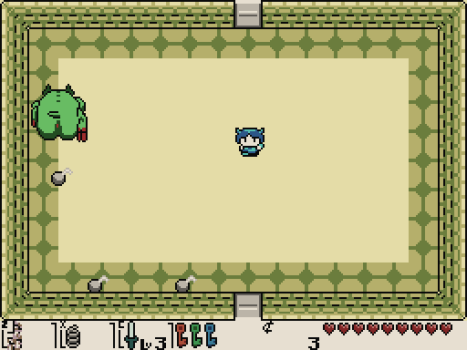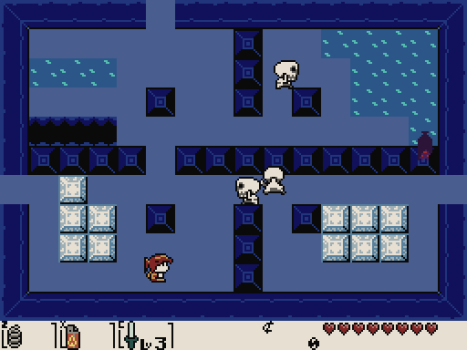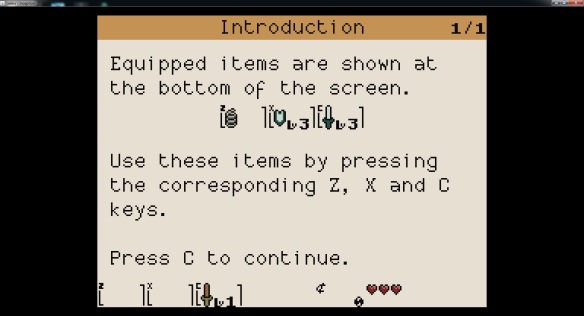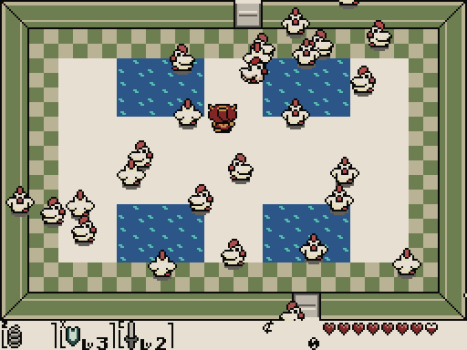
— This is a spoiler FREE review. Only characters are mentioned. —
For generations, my lineage has battled that monstrosity – the castle defeated each and every one of them, leaving their descendants – their children – to take up the blade in their place. Nobody could understand where it’s strength had grown from, only that it was inhabited by beasts of terrible and ancient power. Now, I have slain those four presiding creatures; I – the 95th warrior in a long line to be tossed willingly into the fray. I stand before great golden doors, which no doubt seal away the most unimaginable evil of them all – but I must not fail. Thousands of years of training and experience, handed down throughout my family, have trained me for this. I shall not fall. This… This shall be my Rogue Legacy.
—
It stands as testament to how well built and truly engrossing a game is when you find it difficult to tear yourself away from it long enough to write a review that, honestly, probably won’t do it enough justice. Such is my feeling for Rogue Legacy, the latest game from Cellar Door Games, a self-declared roguelite action platformer – a game that, for the past few days, I’ve been struggling to find words to describe.
For those of you unfamiliar with the roguelite tag, it is derived from the term “roguelike”. Roguelike commonly features aspects such as level randomization and permanent death – a good example would be another game I reviewed recently, Don’t Starve. Roguelites, on the other hand, differ in that they do not feature permanent death in the same manner, but rather only a temporary death or some form of “other” life. Rogue Legacy tackles this issue by allowing you to be “reborn” as the descendant of the last character you played as. You may inherit some of the traits of your parent, but your progression throughout the randomised castle is lost – you retain only your gold which you can use to purchase gear and upgrades which consequently stick with each of your characters as they die and get picked up again as their son or daughter. Its a delightful mechanic that means you never really “die”, you simply shift perspective.
The story of Rogue Legacy is somewhat built around this mechanic, too. You begin the game (and play the tutorial) as a knight. The knight visits the castle in hopes of finding a legendary cure buried deep within that can save the king of the land from a fatal wound that will eventually kill him. Although you see very little of this knights’ story after the initial first few minutes (and to avoid spoilers I’ve cut most of it out), you discover a total of 25 journals scattered throughout the castle randomly that tell of the horrors and battles the knight faced in order to find the secret and come face to face with the truth. It is a truth that you, after besting the game’s four area bosses, will have to come to terms with too. Its an excellent line of narrative too – there only for those who care, but deep enough to drag you in if you do.

One of the many journals that narrate the game throughout.
The base concept of Rogue Legacy is very simple, and – I feel – can be described in four words;
You see, Rogue Legacy isn’t a game that you can simply run head first into, slaying all four of the bosses immediately, and claiming your victory after two hours of playing. In fact, any of the four bosses are quite likely to massacre you at first – and you will die. Oh, you’ll die over and over. But death, as stated above, is not the end of your lineage. The gold you’ve earned carries over, used to develop a slightly stronger character, with whom you can tackle the castle again. It slowly drags you in; every single time you leave the castle with 1,000 more gold than before, or manage to get that piece of equipment you’ve been hunting forever, you get dragged deeper – because Rogue Legacy might not be a game you can win in a few hours, but its also a game you can’t put down either.
Each character you play with has their own class, magic spell and trait(s), which can lead to quite the humorous experience if you wind up with specific mixes. For example, a mage who has daggers as their spell but is Ambilevous will cast their spells backwards, making them effectively twice as difficult to land. A barbarian – characters that deal lesser damage but have vast HP stores – may wind up with Dextrocardia, which means their HP and MP bars are switched. All of a sudden, you’re a barbarian with 200HP, but with a mana pool bigger than most mages. Or perhaps you’ll draw the short straw, and simply wind up playing the game upside down, or in black and white? Some traits are beneficial, some are detrimental, and some are just plan whacky – but half the fun is trying to overcome these traits in order to amass the most gold possible every single run.

An extensive upgrade tree ensures incredible replay-ability – and there’s even a little surprise for those who reach the top of the castle…
Its because of this whacky variation in traits and classes that Rogue Legacy never quite feels like the same game each time you play it. I may jump on and play a game as a trusty Paladin with no bad traits or defects – sturdy, reliable, and always ready for a long castle run – and wind up hitting 40-50,000 gold in a singular run, but then the next game get stuck with a mage who has Dwarfism and Alzheimer’s (which removes the map completely) and die in the second room because of a particularly brutal mob of monsters. This variation really helps to pump some great life into the game – if you feel like changing it up, just pick a class you don’t normally play (out of a choice of three random classes when you die) and see how far you can get before the castle overwhelms you.
While we’re on the topic of enemies – they vary vastly in appearance, size and lethality. You may find you slay the mighty Grey Knights with no trouble whatsoever, but just when you think you’re safe to plunder another room with just 100HP, that picture you thought was simply hanging there harmlessly will spin around and kill you in one hit, ending your spree. Here-in lies my one grumble with the game, too – some of the enemies are capable of shooting a stream of projectiles your way, and on later difficulties and stages, the game changes from an action-platformer into a bullet-hell from room to room. I’ve been in areas where I’m struggling to just find a gap between the hail of projectiles being fired at me from every angle – it certainly adds some strategy to the game as you have to think about which enemies you eliminate first, or which character’s capabilities might best suit certain challenges you face, but it can get a little grating when every room presents you with a swift smack in the face from varying projectiles.

Uh yeah… Your guess is as good as mine as to what’s going on here.
So you may glance at the picture above and think “How on earth can you enjoy this, Fully Avenged?!” – well, I’m not a sadist, that’s for sure, but I can tell you there’s something incredibly satisfying about clearing your way through most of the dungeon, getting that boss down to 25% of his health, only to watch your character crash and burn, the blade of his sword buried in the earth before you and the villainous boss laughing as you die, only to pass on your worldly belongings to your descendant. Why? Because you know if you’d just had that one more strength upgrade, or that one better piece of armor, you probably could’ve cracked it – you would have defeated him. That’s the thought which drives Rogue Legacy home, and as simple as it may seem, its kept me hooked for well over 20 hours of game-play.
So you spend 10 hours working your way through the four bosses, you thwart them and move on to the final boss. You annihilate him, and watch the credits roll before seeing the end-screen telling you how many children you lost in your crusade and how long it took you. Game over, right?
Wrong.
Rogue Legacy introduces New Game+, which introduces several new gameplay elements which drag you right back in again. For one, you can find those higher, more sought-after pieces of armor that you’ve been looking for, and you’re going to want them, because the difficulty of the game gets bumped up every single time you complete a New Game+. Yup, they keep stacking. You also get a % increase called Bounty on how much gold you earn, which increases every-time you complete a New Game+, allowing you to continue upgrading and competing with the increasingly difficult game. I’m sitting at New Game++ right now, and I cannot wait to continue onward until I eventually hit the cap.
Every time you think Rogue Legacy is about to slip up and release its grasp on you, it shows you a new piece of gear, just across that enemy littered hallway, or a fairy chest which typically contains shiny new runes to improve your character even further. “You want it. You know you want it”, it will whisper, and you will answer, because hording and gathering becomes like crack in this game, and its the only way you’re going to nail those bosses time and again. Let yourself slack for five minutes; let yourself get comfortable, and think you’ve finally worked out how to beat the enemies and speed-run it, and the game will swallow you whole. You will die, you will learn, you will adapt. Such is the way of Rogue Legacy – but it does it so well you can’t help but go back time and again for more.

My final statistics for my first play-through of Rogue Legacy.
It took me 95 characters; 95 playthroughs before I cracked it, and god knows I can’t wait to get back to it for more. There are still classes I’ve barely scratched the surface of, and I know that Rogue Legacy will rise to challenge me time and time again, presenting me with new challenges, bosses that are stronger than ever before, and a castle that will destroy me at every corner given half the chance.
When it boils down to it, though, my story at the start of this article is just one of potentially millions. I spent most of my play-through as the barbarian and hokage classes, but I could just as easily of been a mage, or an assassin, or a lich. All of these options are available, its just up to you to find which one does it for you.
After all, this isn’t an adventure into the unknown; this is a journey you will fight with countless ancestors behind you, until you finally slay that final boss in the name of every character that’s came before and failed. This is much more than just a fight to the end.
This is your Rogue Legacy.
—
Should I play this title?: Yes. Rogue Legacy is addictive, charming and timeless in the best possible way.
Most appealing quality?: The way it constantly drags you back in. I haven’t been able to put it down since I started.
My personal rating: 10/10. Some occasionally irritating bullet-hell-esque rooms are not enough to drag this gem down. Flawless.
Price at time of writing: You can pick Rogue Legacy up from Steam for £11.99/$18.38. Alternatively, you can pick it up direct from the developer’s website for £9.78/$15. UK citizens should be aware that banks may charge additional fees if American/Dollar transitions are made through their bank accounts.
Rogue Legacy is a roguelite action platformer by Cellar Door Games, available now for PC.
Thanks for reading this post! If you enjoyed it, remember you can bookmark this blog or follow me direct from a WordPress account. Alternatively, you can follow me on Twitter here for updates.
If you have any comments, post them below or get in touch via Twitter.



